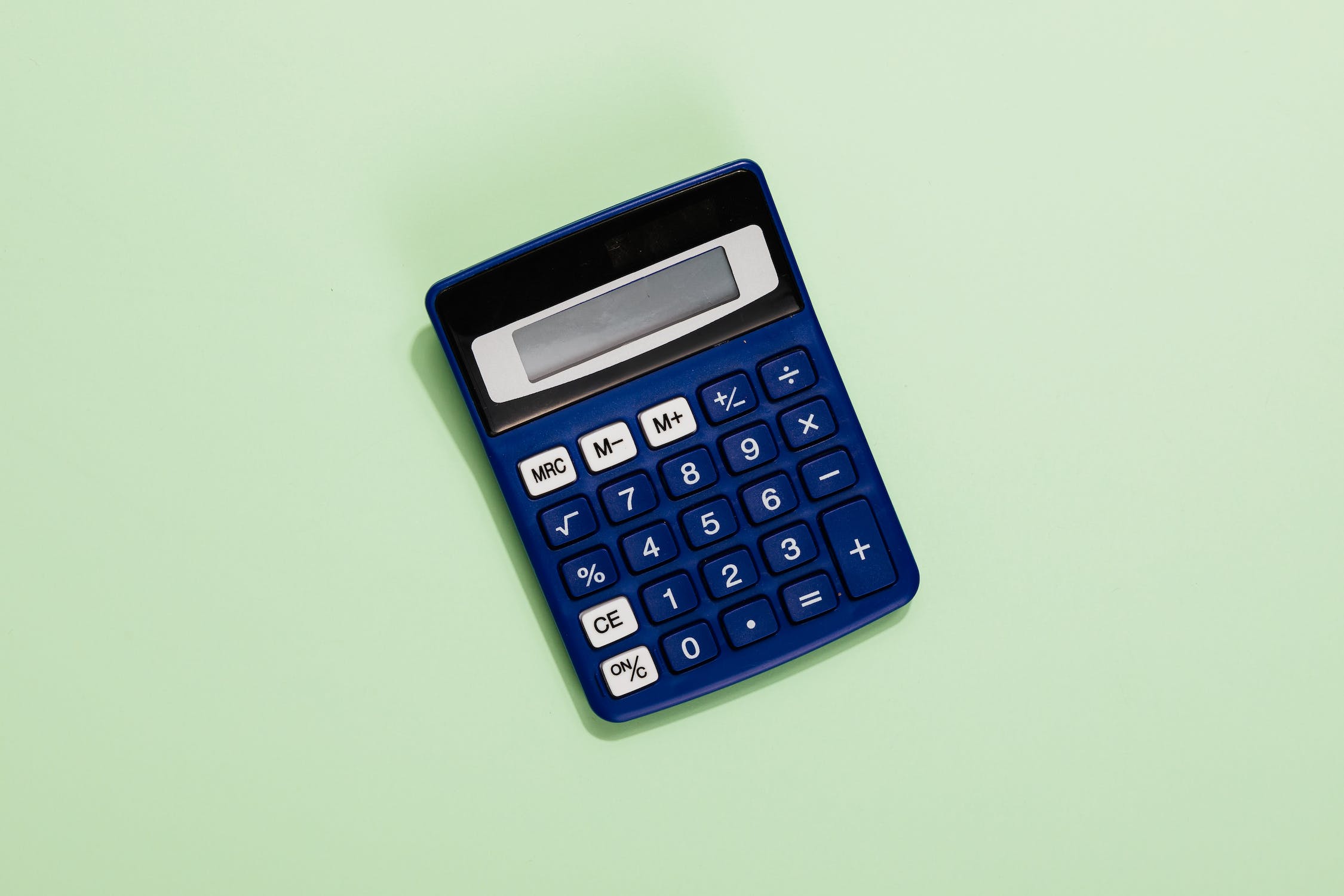Counting Significant Figures is a concept usually introduced to students in beginner science courses, right near the beginning. However, it is a concept that continually confuses people even beyond their school years. This is because, at first glance, significant figures (commonly referred to as “sig figs”) appears to be very similar to rounding, but that is where the difficulty arises. It is more than rounding, and so there are many more rules to follow. It actually describes the amount of uncertainty there is in a value, and is tied to that value’s accuracy and precision. Sig figs are the digits in a value that are considered to be important (significant) as a result of the precision in their measurement. Counting significant figures is a good way to learn about them.
Here are a few basic examples:
A thermometer reads 26.9 degrees Celsius. This is 3 sig figs.
A scale displays a weight of 31.22 g. This is 4 sig figs.
A stopwatch shows 58.778 seconds. This is 5 sig figs.
Did you follow that? The basic rule for counting significant figures that I followed there was that all non-zero numbers are significant. These are simple examples, but there are more rules to consider. The rules that help us identify a sig fig are not difficult, and there are not many, but they are very important to understand. As always, understanding the basics is absolutely essential to being able to move forward. So, let’s learn how to count sig figs!
As I stated above, the first and simplest rule is to consider all non-zero numbers as significant.
123 has 3 sig figs
0.007654 has 4 sig figs
The remaining rules instruct you how to deal with numbers that contain zeroes.
If a number starts with one or more zeroes on the left side, you do not count these as sig figs. You begin counting significant figures from the leftmost non-zero digit.
0.1 has 1 sig fig
0.0045 has 2 sig figs
A zero that is found between other non-zero digits always counts as significant.
101 has 3 sig figs
0.3056 has 4 sig figs
A zero found at the end of a number containing a decimal point does count as significant. However, if the zero is at the end of a non-decimal number, then it may or may not count as significant. Generally, it is safe to count the number of significant figures to the left of the ending zero(es), and then state that there may be up to how many digits you see, depending on the uncertainty of the measurement.
100.0 has 4 sig figs
100. has 3 sig figs
100 has at least 1 sig fig, but could possibly have up to 3 sig figs.
50.30 has 4 sig figs
2.03000 has 6 sig figs
0.0098700 has 5 sig figs
9,885,000 has at least 4 sig figs, but could possibly have up to 7 sig figs.
As I mentioned, the number of significant figures is often a result of the degree of precision in a measurement. However, sometimes the value must be taken in context to find the correct number of sig figs. For example, look at the number 100 above. I said it has at least 1 sig fig but possibly more. If we are talking about a count of something… say, the number of houses on a street, then that value is precise to 3 digits, and it would be fair to say that, in this case, it would have 3 sig figs. Sometimes, this can be noted with a decimal point at the end, without any extra zeros (100.).
And with that, you have now learned about all the rules for counting Significant Figures. They’re not difficult once you practice for a while and recognize where the various rules apply.
Now that we have figured out just what counts as a sig fig, the next step is being able to do math with them – add them, multiply them, etc – and to do that, of course, we have an entirely different set of rules. This is the part that ALWAYS confuses people, so I will do my best to lay it out for you so that it makes sense.

